The Northern German Hanseatic town may be a bit off the beaten path but with its sky-high coolness factor it is certainly well worth a detour
Poll anyone – German or foreigner – about Germany’s most attractive cities, and you’ll find that Bremen rarely if ever makes it into the Top 10. And yet, it should. Admittedly, its glory days as one of the flagship cities of the Medieval German Hanseatic League are in the history books. Its predominant architecture of withered red brick, its massive shipping harbours, and an abundance of port warehouses have given it a bit of a reputation of a sooty industrial town. There is also an iconic football/soccer team, Werder Bremen, which vacillates between competing in major international championships or struggling in Bundesliga relegation, no middle ground. None of this is the stuff that dreams and aspirations are made of.
But over the past decade or so, Bremen’s image has been undergoing a total makeover. In current surveys, the city-state is increasingly perceived as a “beautiful, historical city, understated, safe, stress-free and friendly”, and the 2.5 million residents of its metropolitan area won’t argue with that. But in true keeping with its reserved Northern temperament, this proud, cosmopolitan city does not boast its marvels but rather waits to reveal them to those who dare to come closer. And when you know how to look for the pearl in the oyster you will be pleasantly surprised.
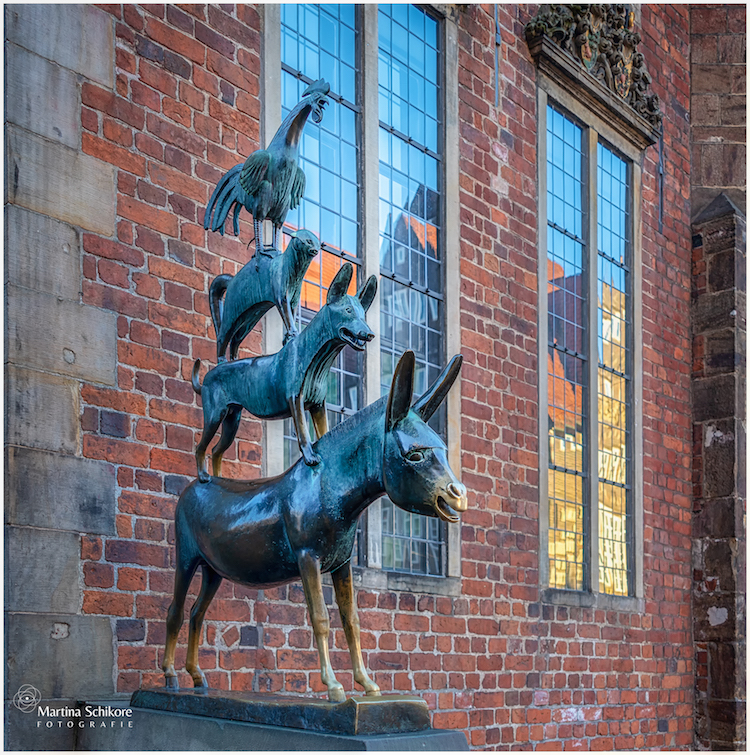
You say “Bremen”, someone will spontaneously reply, “Stadtmusikanten”. Grimm’s fairytale of the Town Musicians tells the story of four old domestic animals – a donkey, a dog, a cat, and a rooster – who after a lifetime of hard work are neglected and mistreated by their masters and decide to run away and make their fortune in Bremen. There is more than just a grain of truth in the moral of this story, as freedom has always been highly prized in this city which pledges allegiance to this principle in its very name, “Free Hanseatic Town of Bremen”. One of several animal-themed bronze statues around town, the Four Town Musicians stand, not by coincidence, right next to the 600 year old town hall where politics, business, shipping, foreign trade, and industry have met ever since the early 15th century. The town hall’s richly ornate front in the 17th century in Weser-Renaissance style and its adjacent square are the city’s crown jewel, and a UNESCO World Heritage site.
And because the people of Bremen – merchants as they historically are – are practical and efficient, another world famous statue can be found right on that same town hall square, that of Roland. Erected, like the town hall, in 1404 and facing the cathedral, the monument depicts the paladin of the first Holy Roman Emperor Charlemagne, and protector of the city: his legendary sword is unsheathed, his shield emblazoned with the two-headed Imperial eagle. According to local folklore, Bremen will remain free and independent for as long as Roland stands watch over the city. And just in case this statue ever falls, rumour has it that a second Roland statue is kept hidden in the town hall’s underground vaults to be quickly installed as a substitute.
Just a few steps away, you’ll arrive in Böttcherstrasse, the main shopping drag in a picturesque medieval setting. Now mind you, while all the big brand names of the world are represented here, Bremen is not exactly a shopper’s Mecca. In fact, Böttcherstrasse is all of 100 metres long (although it boasts three notable sights.) Thanks to the merchant trade that shaped its destiny for hundreds of years, Bremen is a well-to-do city with a record number of millionaire citizens but the locals do not flaunt their wealth. Bremians hold their (credit) cards close to their vest. The more ostentatious display of material good fortune found in Düsseldorf or Munich is not exactly considered good taste around here. Instead, it is quality and value for money that counts…
If you are more interested in small craftsmen’s ateliers and boutiques, head over to the Schnoor quarter. Bremen’s oldest district is a maze of lanes lined with little 15th and 16th century houses and jam-packed with tiny hole-in-the-wall boutiques and ateliers that offer original arts and crafts and artisanal gold artifacts.
There is so much more to see – in fact, the city is dotted with interesting historic sites. But rather than going into Baedeker mode and enumerating the countless sights (we’ll leave that to the 2,000 brass and steel studs which guide visitors around the heart of the town and the excellent and comprehensive information provided by the Bremen tourist office), let’s instead have a look at what makes Bremen tick. Four central themes encapsulate its spirit: history, discovery, arts & culture, and swag.
History: A Red Thread of Freedom and Independence
The Hanseatic city has been shaped by 1,200 years of maritime history, and that atmosphere can still be felt today. In fact, the marshes and moraines near Bremen have been settled since about 12,000 BC, thanks to their strategic location at the junction of important early North-South and East-West trading routes. 787 CE marks Bremen’s official entry into the annals when Charlemagne, the Holy Roman Emperor, established a diocese.
Over the course of history, Bremen’s colourful past includes its joining the Hanseatic League in 1260 (or according to some other sources in 1358); the adoption of Calvinism – a product of Luther’s Reformation – in the 1590s; its prominent role in the Thirty Years’ War of the 17th century; and Napoleon’s 1811 invasion and ransacking. In 1919 it even briefly became a Soviet Republic. But whatever evil and foreign power befell it, Bremen always strived to retain – or at least reconquer – its claim to independence, freedom, and liberty. And the city has always held a highly visible position in the Transatlantic relations. In fact, the United States opened its first consulate general in Europe in Bremen in 1794.
FUN FACTS:
• The USA opened its first consulate general in Europe in Bremen in 1794
• Bremen is said to remain free for as long as its official mascot Roland stands. Just in case he ever falls, there is a backup copy in a vault
• In 1919, Bremen was briefly a Soviet Republic
• Every minute of every day, 3,000 bottles of local Beck’s beer are opened somewhere in the world
• The International Space Station (ISS) was built in Bremen
• The first successful transatlantic East-West flight in history, taking off on April 12, 1928 from Baldonnel Aerodrome near Dublin, Ireland, was on the German Junkers W-33 aircraft named Bremen in honour of the city’s enterprising spirit
• Daniel Defoe’s literary character Robinson Crusoe existed in real life and was born in Bremen
Find detailed information on the city, its sights, hotels, and restaurants on the Bremen Tourist Office site
Shipping and trading have traditionally been the industrial heavyweights but the city has always had a keen sense for innovation. If grain, timber, coffee, tobacco, wool, cotton, and steel were king in the 18th and 19th centuries, Bremen today is a trailblazer for machine-building growth industries. From TV parts to robotics, few industrial products are not “Made in Bremen”. And where there is commerce, white collar industries are not far. International trade, insurance companies, the stock exchange, engineering, and robotics and aerospace technology shape the economic landscape in equal measure. Mercedes Benz, Airbus, and OHB-System are just three of many prestigious firms located here.
Discovery: Not Limited by Land or Space
Speaking of technology…much to the surprise of many a visitor, modern Bremen has firmly carved out a place in science. Bremen has a thing for stars – not the red carpet variety but the ones in orbit. The ISS space station was built here. Closer to home, the fabulous, hands-on, multimedia Universum Science Centre, which looks like a giant mussel dumped in the middle of a large discovery park, is well worth an exploration.
If you’ve always wanted to experience what’s it like to be weightless in space, stop by the Fallturm Drop Tower centre. Be sure to check out the sensational view from 146 metres before you hurtle down the 110-metre tube that allows experiments to be carried out in zero-gravity conditions. It can produce up to ten seconds of free fall, making Bremen’s drop tower a unique scientific facility and an important part of aerospace research.
In case you’ve unleashed your inner astronaut by now, a visit to the 1:1 scale model of the Columbus space laboratory, the original of which is part of the International Space Station (ISS) circling 400 kilometres above Earth at 28,000 kilometres per hour, is open to visitors. Booking required!
Back on terra firma: You got more of a green thumb than a technical mind? The botanika green science centre is the place for you. Dedicated to the flora of Asia, it is an oasis of zenitude in the bustle of a busy town.
Of course there is museum galore, and if we had only one to recommend, it would be the Übersee Museum which once again represents a city that looks well beyond its borders. Unique in Europe, it hosts a comprehensive immersion into life on distant continents, complete with their fascinating cultures and natural environments, one-of-a-kind artifacts and exhibits from across the world from the plant and animal kingdoms.
Arts & Culture: Where Memphis meets Salzburg and Damascus
In terms of traditional culture, Bremen certainly offers its share. There is a decent Philharmonic Orchestra, a notable theatre scene, and lots of exhibitions. But!!! Bremen leaves the hoity-toity bigwig events to Berlin, Munich, and Hamburg. Instead, it firmly embraces its role as the underdog and a launching pad for up and coming stars. Think of Liverpool or Seattle before the Beatles or Kurt Cobain shot them to stardom.
It was 60 years ago in October 2018 that a certain 23 year old GI from Tennessee arrived in nearby Bremerhaven, Bremen’s sea port, sending the local youth and press into a frenzy. Rock ‘n’ Roll had just started to be a thing, Elvis Presley was its as yet uncrowned King, and he brought it to Europe from the States. Just to put things into perspective… those youths who cheered him then, today are your grandparents.
In the early 1960s Bremian stage theatre underwent a quasi revolution when the likes of Kurt Hübner, Peter Zadek, Peter Stein, Rainer Werner Fassbinder, or Vadim Glowna redefined German theatre, yanking it from its bourgeois complacency into what came to be known as “Bremen style”, an aesthetic and political reflection on the problems, risks, liberties and pleasures of modern urban life. Half a century on, this is still the gold standard for intellectual theatre in Germany.
Lovers of lighter Thespian pursuits can of course revel in the city’s fine Metropol Theatre. This is where the cast of Cats, the world’s premier classical Chinese dance and music company, Shenyun, the Russian National Ballet, the 100 Voices Gospel Choir, or Chris de Burgh meet at the revolving door – an eclectic mix if ever there was one.
Melomaniacs are well served, too. When legendary conductor Herbert von Karajan said of The Glocke auditorium that is was one of the three best concert halls in Europe, and Dame Margaret Price, one of opera’s alltime best sopranos, declared it to be “the finest hall in the world for singers”, you may take their word for it.
More into visual and plastic arts? No problem. The Kunsthalle art gallery and the Weserburg museum have got you covered.
But hang on, there is something of a new phenomenon in town: ever since 2016, Bremen has had an influx of Syrian artists who are thriving and doing well. Among them Obaidah Zorik, Omar Shammah, and Naser Nassan Agha, all highly regarded back home in Damascus and far beyond the borders of their war-torn country. Why, out of all the places in the world, would they pick Bremen as their new home? While the Weser city is generally not regarded as the hub of the modern art world, word soon got out that it offers its talented new citizens a helping hand in the form of work and exhibition space. And artists gratefully accept that generous invitation. In peace and security, they flourish here. Above all, however, they feel that here they are not defined as refugees and asylum seekers but can make a concrete cultural contribution to Germany. In Bremen, several of them have created a unique informal collective the likes of which cannot even be found in avant-garde Berlin, creative Cologne, or art-conscious Munich.
Swag: Sea Legs Highly Recommended
A bit of a head scratcher… where to start when talking about Bremen’s hip factor? This is a city in full transition seeking to honour its maritime legacy while firmly striding toward a dynamic, innovative future. If you let go of superficial and touristy ideas, you will be able to savour Bremen’s character and personality to the fullest. It has a decidedly maritime flavour, and this is being highlighted in all the new It-destinations.
Along the Schlachte embankment where Bremen is still the old merchant town it always has been but recently revived with cafés, restaurants, bars, beer gardens, riverboats, quayside antique and flea markets, and street buskers. A year-round destination with a different cultural highlight every month to celebrate the art of living outdoors in a northern climate. Along a similar theme, and also well worth an exploratory trip, the Überseestadt quarter, Bremen’s former docklands that are being transformed into a vibrant cityscape of historical warehouses and modern urban architecture.
Situated on the site of the old international port, the last historical cotton warehouse in Bremen is now home to the Speicher XI Dockland Museum. Slightly north of the city center, explore Bremen’s seafaring traditions in the Vegesack district where Germany’s first man-made harbour was built almost 400 years ago. Today, the “maritime mile” along the Weser river features a range of attractions including museum harbour, captains’ houses and signal station.
Eat, Drink, and be Merry
We promised ourselves that we were not even going to mention that chapter, but we just have to make one exception because it is a place as Bremian as the Town Musicians: Achim’s Beck’shaus – styled in mahogany and brass like the dining mess of an elegant schooner – is where to enjoy hefty local fare: Grünkohl mit Pinkel, Knipp and Labskaus. Trust us, you really don’t want to know what goes into these dishes, but we can guarantee they are delicious. And you can always wash them down with a nice cold Beck’s beer.
If you want to know where your cold one is made, then you might enjoy a tour through the 140 year old Beck’s brewery. Fun trivia: today, some 3,000 bottles of Beck’s beer are opened every minute around the world. This working brewery-cum-museum is well worth the visit, not just because you learn all about the art of beer making but also because there is a sampler waiting for you at the end…
As far as night life goes, we’ll point you to your hotel concierge or Airbnb host … they know the trendy places du jour better than anyone else.
Outside of Town, where all’s still right with the World
As if Bremen with its red brick architecture, maritime flavour, and mercantile opulence wasn’t already charming enough, the countryside around town still kicks it up another notch. Green pastures studded with windmills as far as the eye can see; ponds, rivulets, and canals just wide enough for a small hand steered boat to pass, adorned with small bridges, pretty gazebos, and peaceful parks, and accompanied by bird song. This bucolic landscape where time has stood still could readily serve a Dutch or Flemish master painter’s canvas. There is no rush, no noise, no harshness. If you need to recalibrate (or as it’s called in German, “die Seele baumeln lassen” – letting the soul dangle – ), this is where to go.
But just a quick hop, skip and jump up the Weser river there is also Bremen’s little sister, Bremerhaven. Having once sported the largest fishing port and the largest emigration port in all of Europe, it fell into oblivion in the 20th century but has recently made a comeback as a funky, eclectic town with its own distinct personality. For Americans with German roots, a visit to the Deutsches Auswandererhaus (German Emigration Centre) can be enlightening. From 1830 to 1974, Bremerhaven was the main port of embarkation for over seven million America-bound emigrants. All of their records have been kept here and are a valuable source for anyone overseas interested in tracing their ancestor’s roots, or in genealogy in general.
Still got some time on your hand for other interesting things to do while you’re in Northern Germany? Pay a visit to the big cats at the Hodenhagen Serengeti park or swing over to the amazing island of Heligoland. Heck, even Hamburg is only an hour’s drive away.
We think you got the idea. Bremen is cool, especially if you’re into maritime themes because there is no escaping it in this city of seafarers and merchants. Bremen is also about freedom, liberty, and tolerance. And Bremen is one of the most attractive cities of Germany. But hush! Don’t tell anyone, or it’ll be overrun – a fate which this discreet, Hanseatic city is not aspiring to. It is quite content with its seat in the second row of the world’s all-time most brilliant cities and rather wants to reserve its beauty and charm for those who understand how to appreciate it.
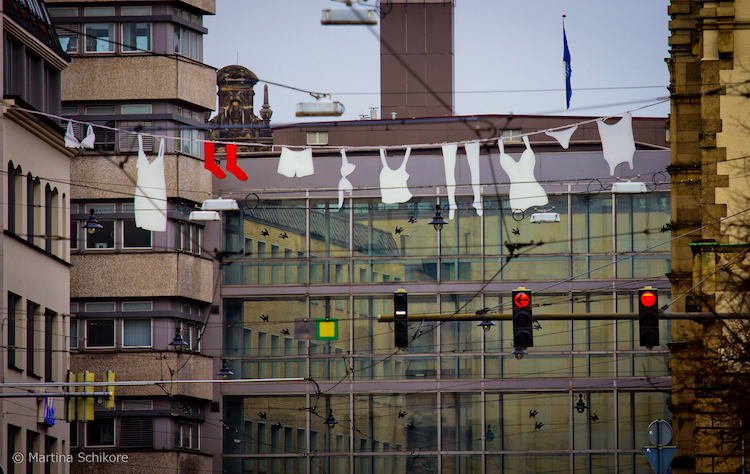
Bremen is open year round with a major event, festival or attraction every month. To plan your trip, visit the fabulous Bremen Tourist Office site. And you will soon agree with Grimm’s Town Musicians who said, “Come with us to Bremen, there is no better place to be”.
![]()
All photos © Martina Schikore, except photos of Syrian art, courtesy the artists themselves



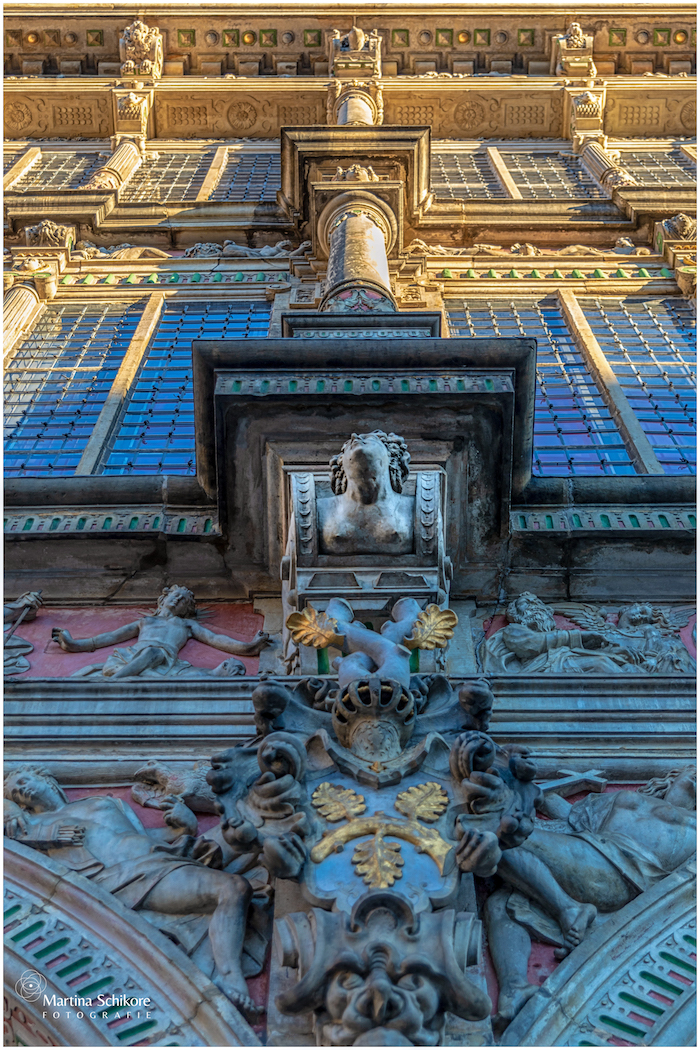
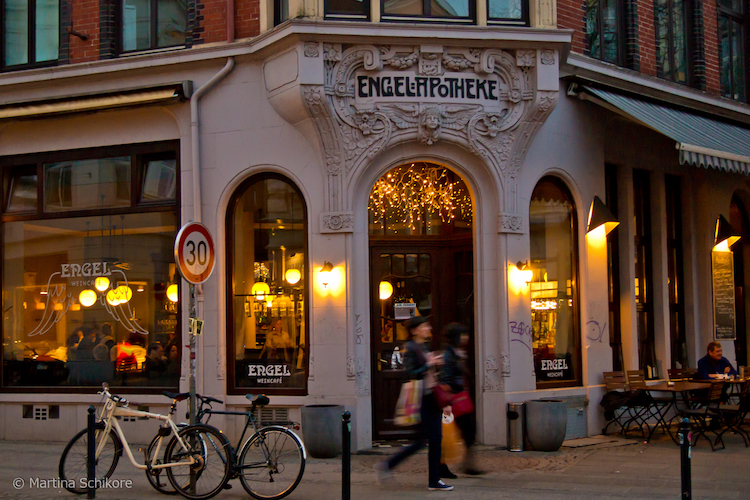
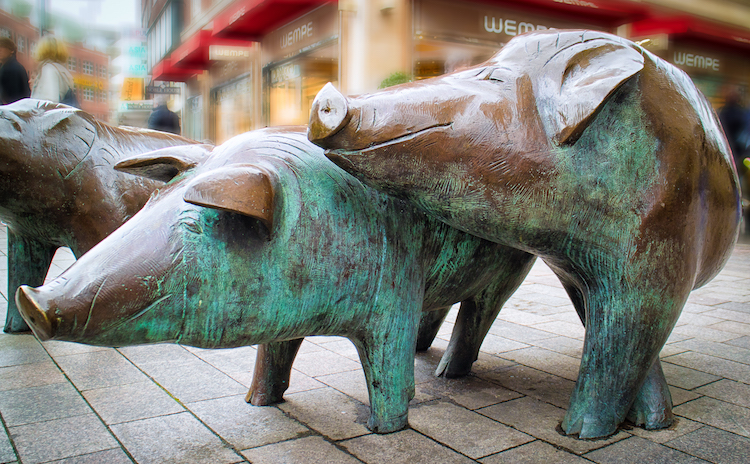
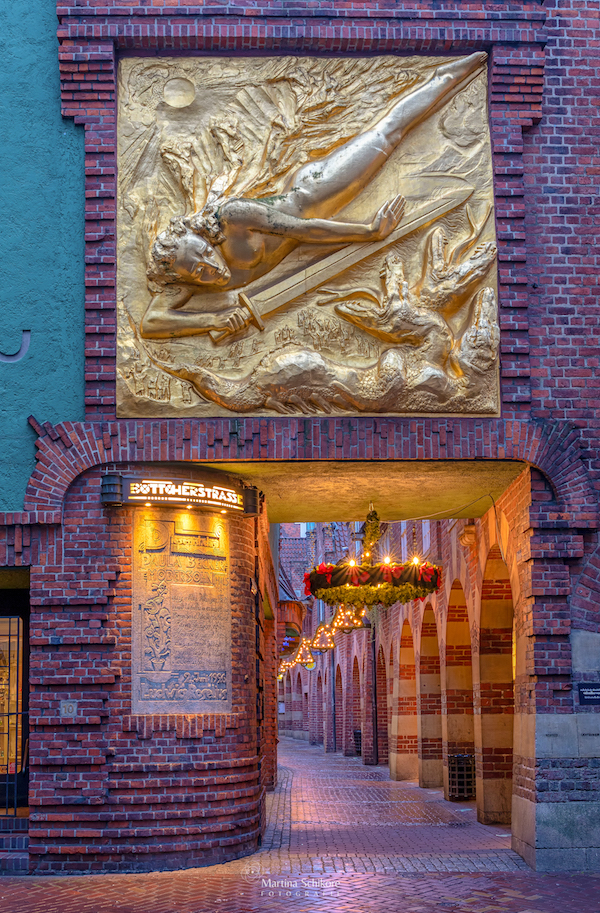
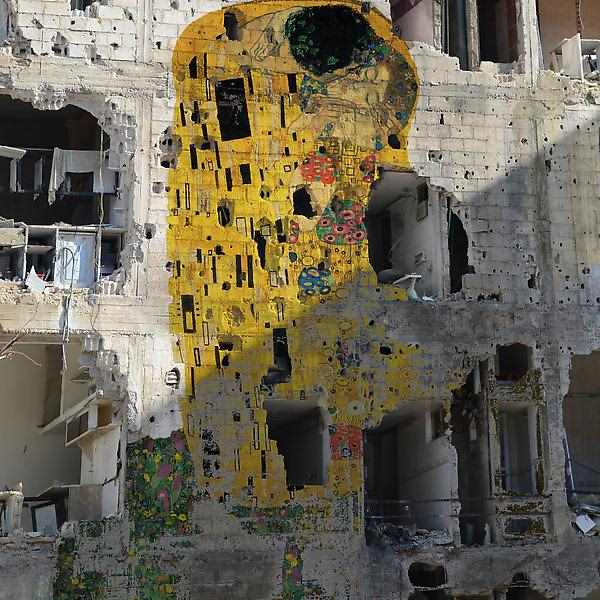




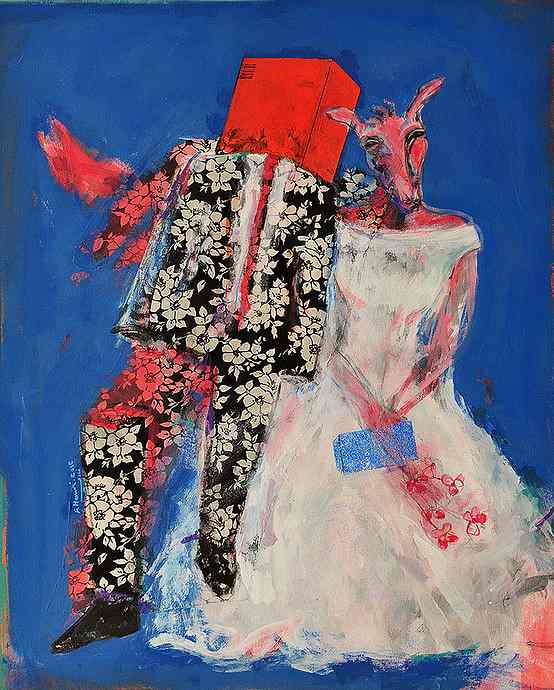
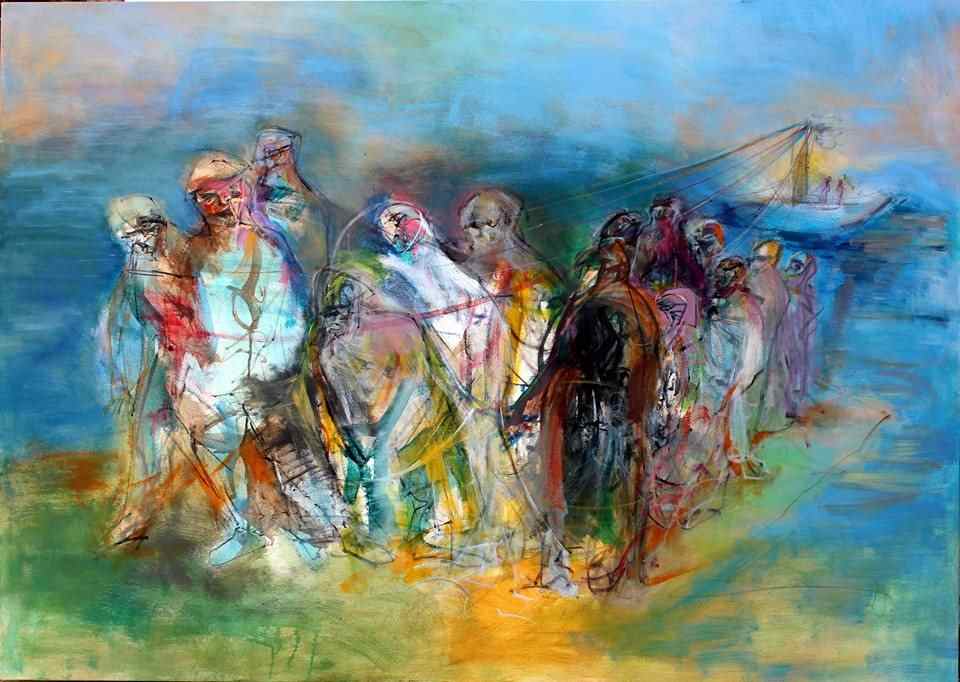

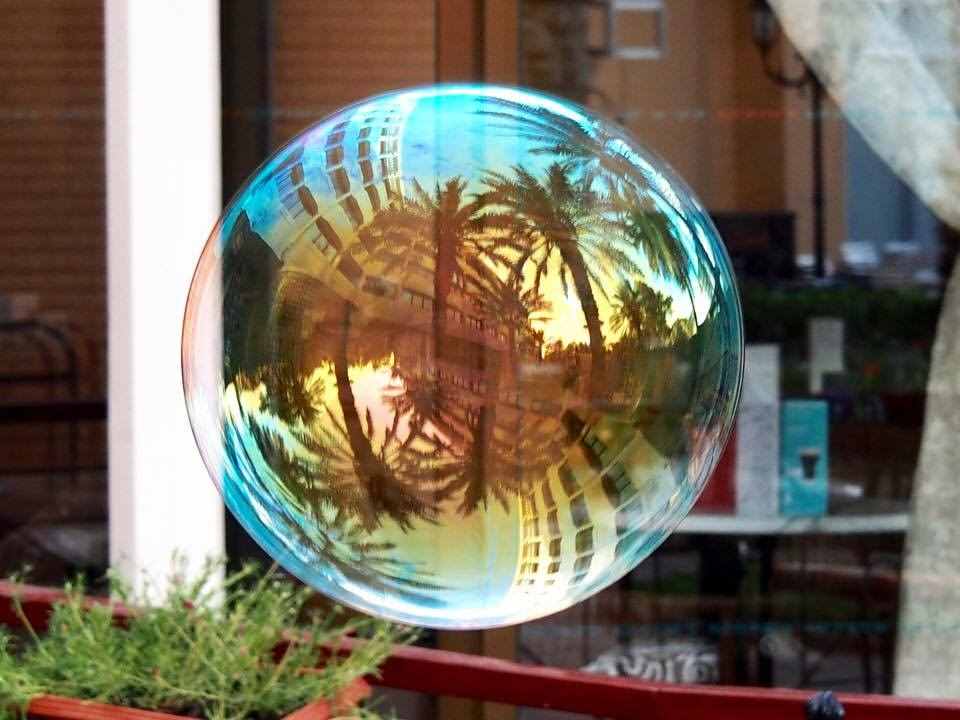
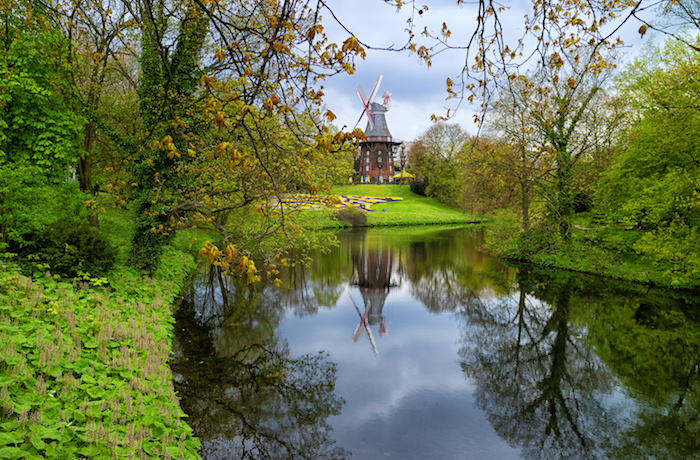
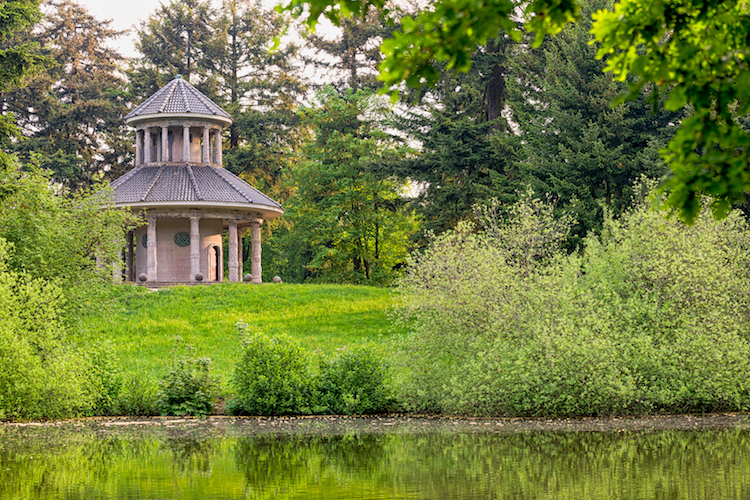
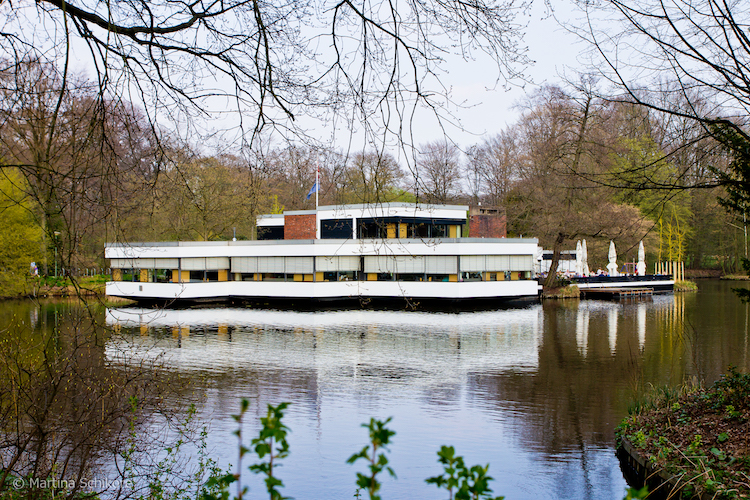
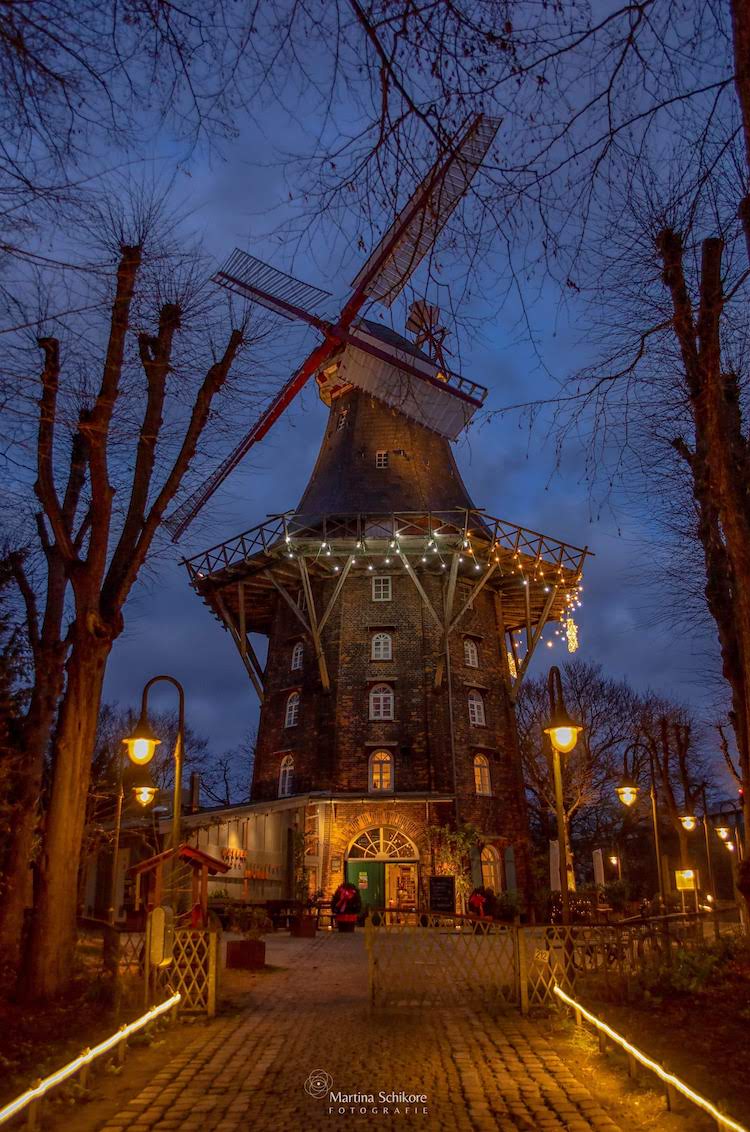
Leave a Reply